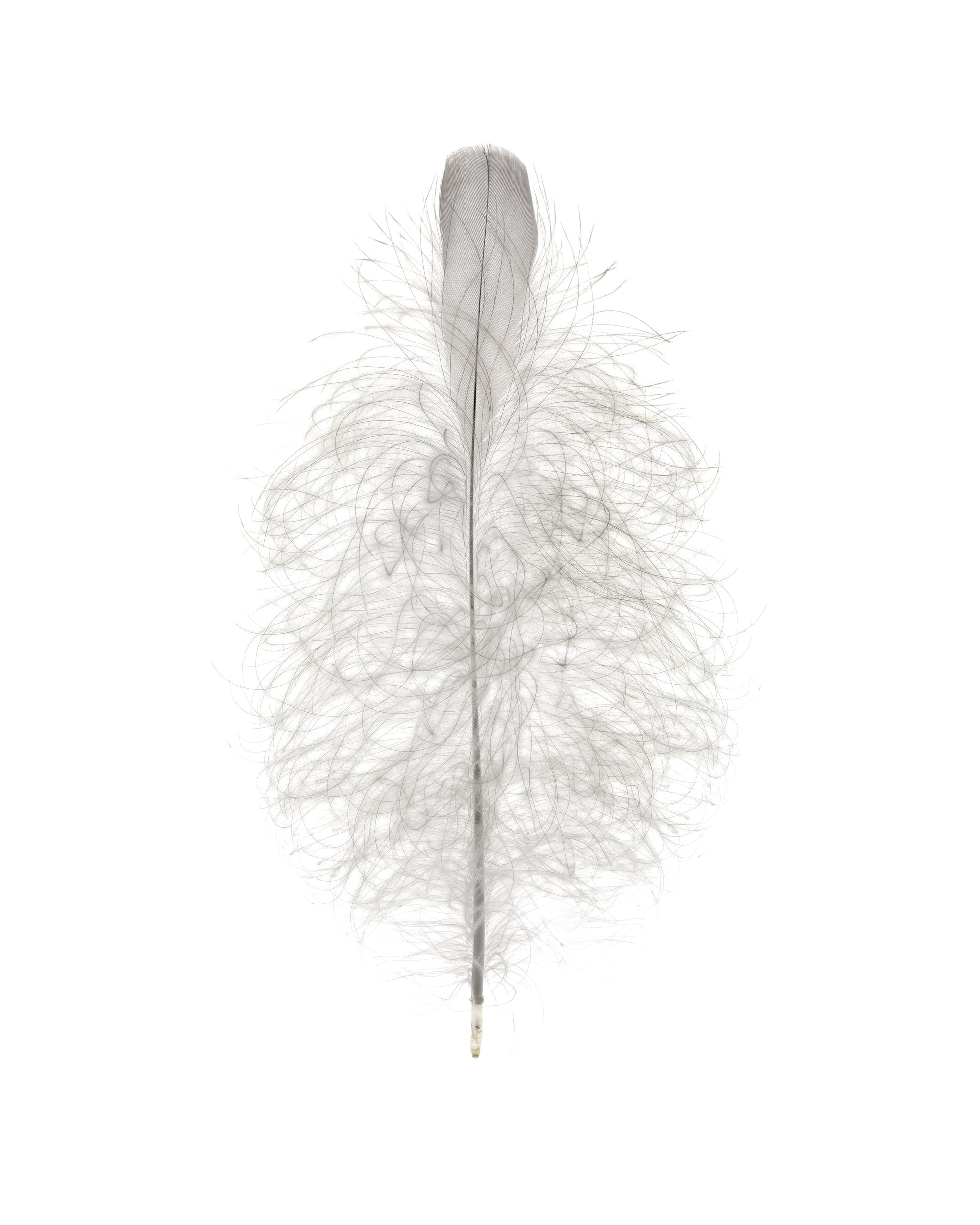
Westward Ho!
Steve and I are headed to northern California for five days of book related events. Half of the events are joint, featuring both my book and Steve’s, and the other half are food and wine events celebrating Steve’s new memoir. So I have queued up a collection of feather photos for us this week. I chose photos that celebrate the diversity of purpose and form in feather design. You’ve seen several sandhill crane feathers from me ever since we inherited a nesting pair of cranes two summer’s ago, but most of those feathers have been hard-edged flight feathers. This downy under-feather provided insulation not flight. I think it’s dreamy.
sandhill crane downy feather
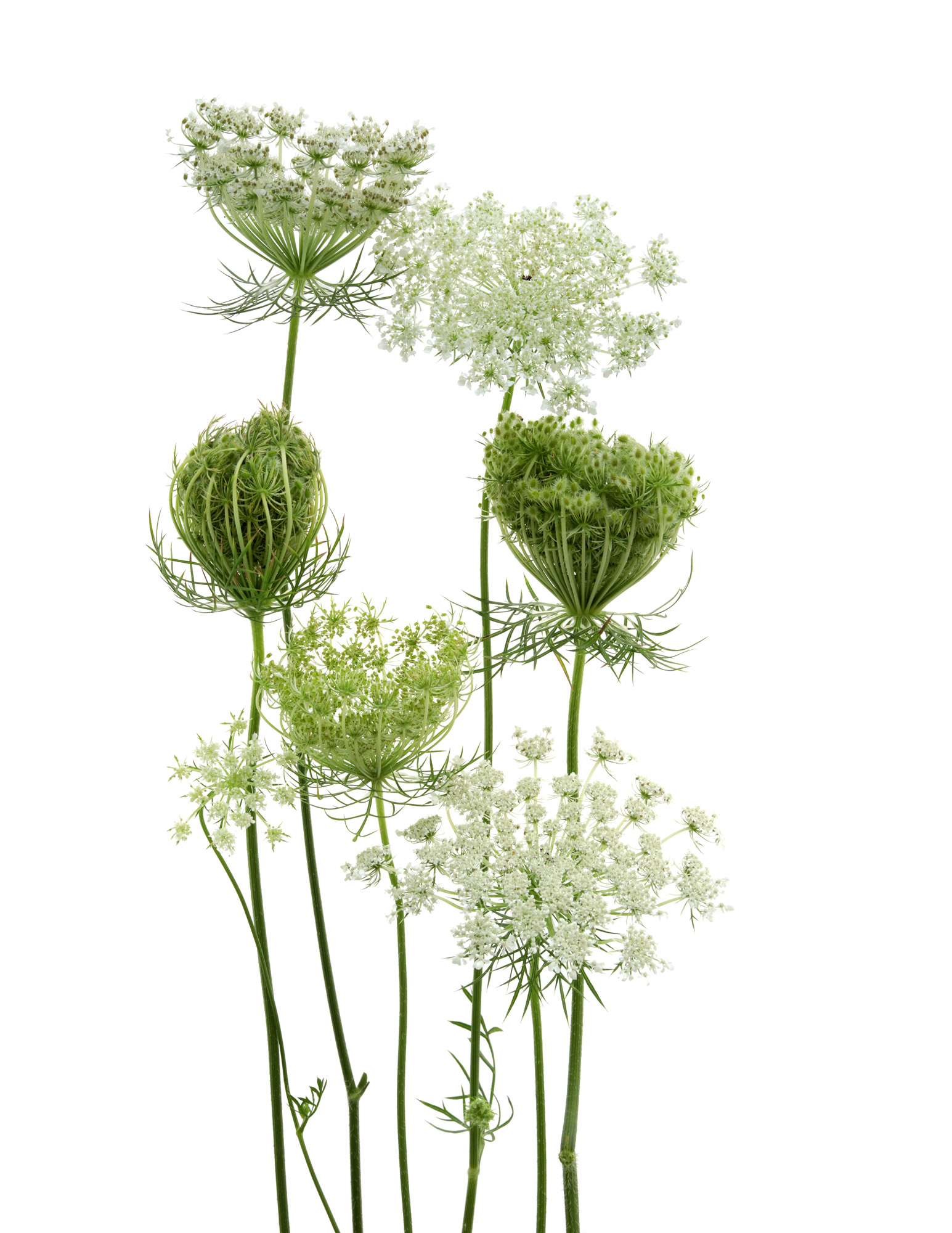
The Queen of Wildflowers
Oh goodness, August already? We are still crazy busy with Steve’s book launch events. Last night and tonight we are playing hosts at a local restaurant (Bûcheron) to 180 guests for a 5-course tasting menu special event in celebration of Steve’s new book about our families time in southern France*. As part of turning the restaurant into in celebration of all things Mediterranean, we have filled every nook and cranny with bouquets of flowers typical to southern France like sunflowers, herbs, fennel flowers, and wild carrot (Queen Anne’s Lace). Naturally, I was called in to do some of the foraging. Which mean more Carotte Sauvage for you as well :-)
Queen Anne’s Lace (Daucus carota)
*Steve’s book is called: A Season for That: Lost and Found in the Other Southern France and is available in bookstores and on Amazon worldwide
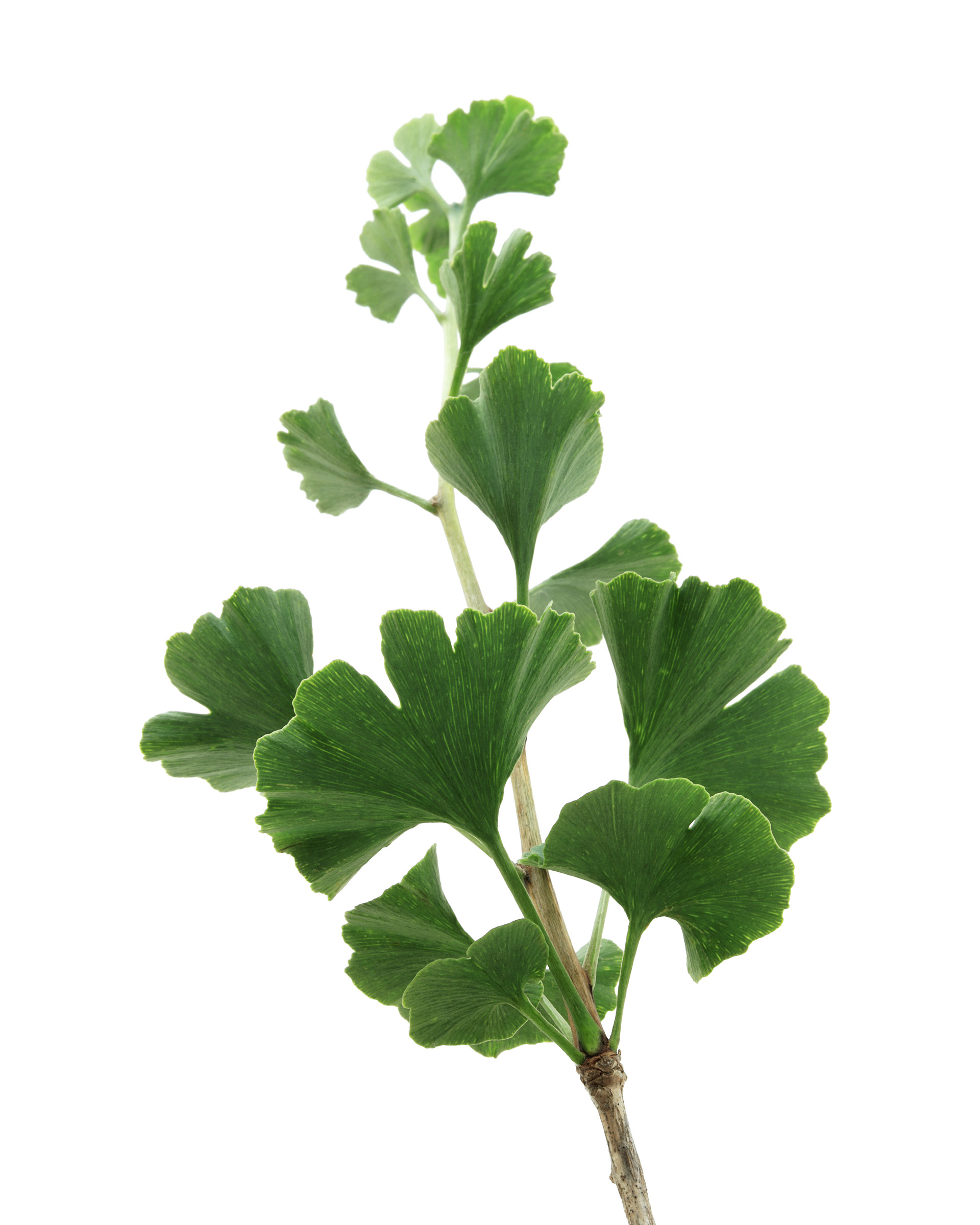
mixed
How do you feel about gingko? I love it. And I hate it. I love the unique fan shapes of the leaves. I love that the leaves are sturdy, and so they hang around in the gutters until late autumn so I have subjects to work with after everything else is gone. I love their golden yellow foliage in fall. But I hate that they are not native. I hate that they are planted so ubiquitously throughout my city, and yet they do not support the local ecosystem. I hate that their exotic beauty has made them such a popular choice for boulevards and gardens. So, my feelings about ginkgo are mixed. Where do you stand?
ginkgo tree branch (Ginkgo biloba)
-
Hmmm, didn’t know they are not native. I’ve always loved them, but now I guess it’s love/hate. One of my favorite characteristics is how they seem to drop all their leaves overnight. You drive past one day and it’s a blaze of golden yellow against a blue sky. The next day it’s bare branches with a skirt of yellow on the ground. Magical!
reply -
I, too, love the leaf shape, and the way they turn to golden yellow. That love is tempered by the memory of regularly walking down a street on which female ginkgo trees were planted (contrary to city ordinance) and their fruit would carpet the ground in a rotting, slippery, unpleasant-smelling mat. I still make an “ew” face thinking about it!
reply -
It’s true that the fruit of female ginkgo trees smell like vomit. That’s the pulp. The translucent jade green nutmeat inside the easily opened pit are edible.. I have used them in chawanmushi, Japanese steamed egg custard. Be careful to only eat small amounts.
reply -
Why am I thinking of my ex-husband?
reply
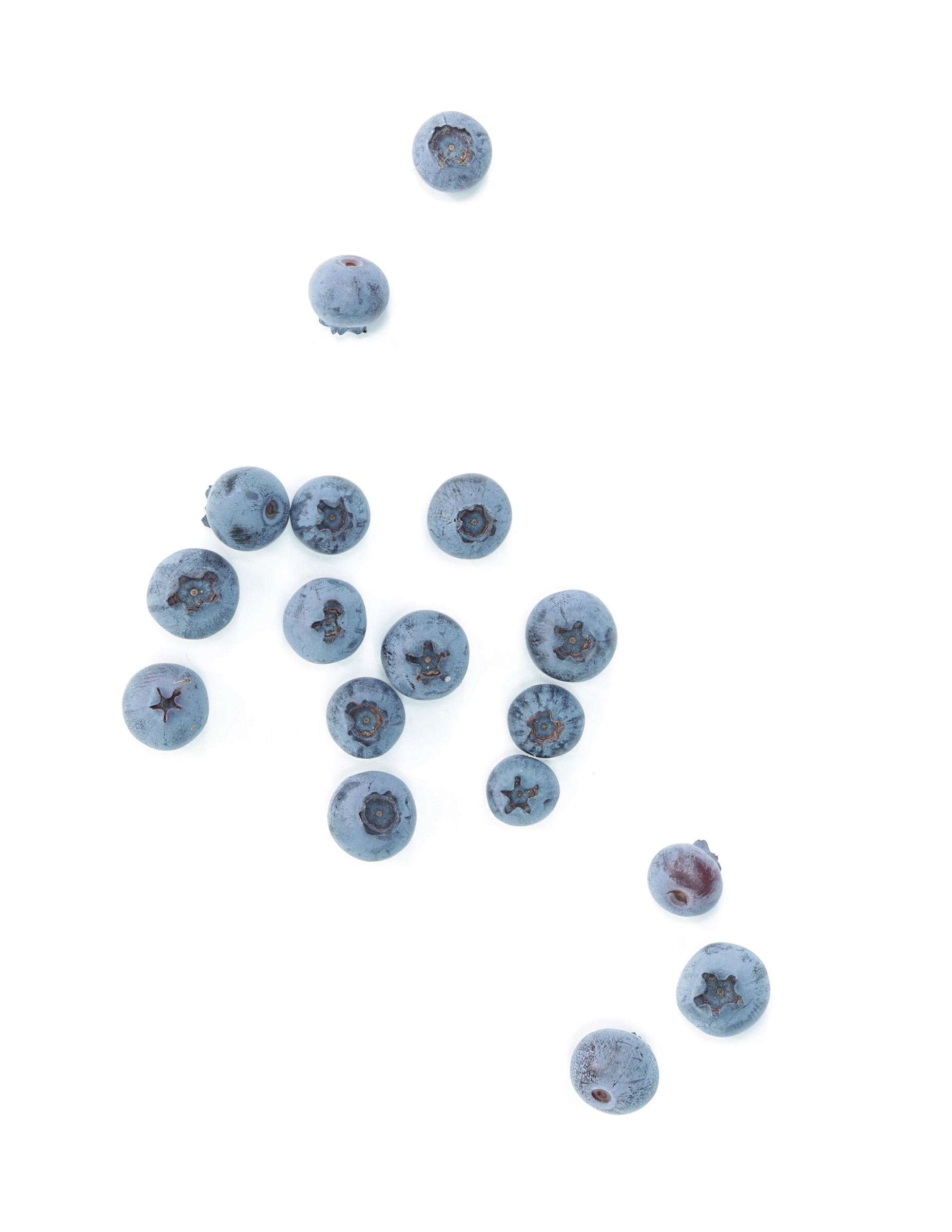
Blueberries for Sal
Did you ever read the 1948 classic children’s book Blueberries for Sal? I adore it and read it to my kids often. Blueberries in Minnesota hold a special place in our collective imagination much like they do in Maine where the book is set. Minnesota and Maine actually share quite a bit in common–our long, cold winters, our northern latitudes, bears, moose, rocky coastlines left behind by glaciers, and abundant granite and spruce wildernesses. And, of course, wild blueberries in late July.
blueberries from the backyard
-
My son adored Blueberries for Sal and took it home from the library as many times as he was allowed.
reply
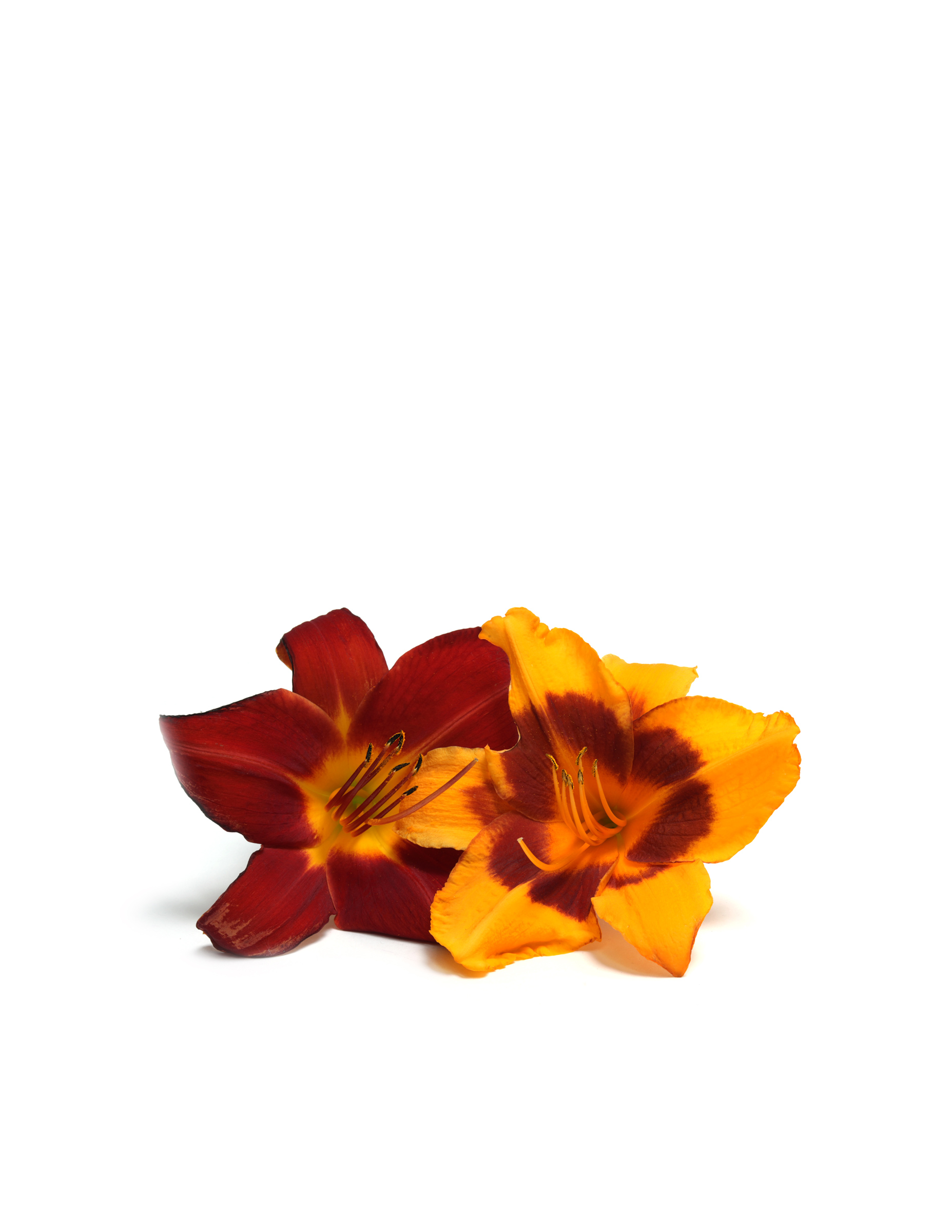
maroon and gold
Maroon and gold are the colors of the University of Minnesota Golden Gophers. Which has me thinking about color theory since so many sport’s teams have complimentary team colors. When I am making my STILL compositions, I am not thinking about color theory as I typically work fast and intuitively. But, at my workshops I am often asked to talk a bit about flat-lay composition techniques. So, that is when I think about color theory. I like color theory. It is not super complicated, and it is fairly easy to visualize and understand. With STILL, I have my favorite color techniques. You may recognize that I like to create:
- monochrome gradients (moving out along one spoke of the color wheel),
- near-neighbor (analogous) groupings (staying in one quadrant of the color wheel), and
- complimentary pairings (working directly across the color wheel)
Goldenrod and aster are good examples of complimentary colors. Yellow, orange and red sumac in full autumn flame are analogous. And new-growth greens as they darkens into summer maturity offer abundant gradients. I find all of these pleasing. You could say they just feel natural to me.
day-lilies in maroon and gold



Beautiful, yet utilitarian. Love it!
This feather gives me a feeling of joy!